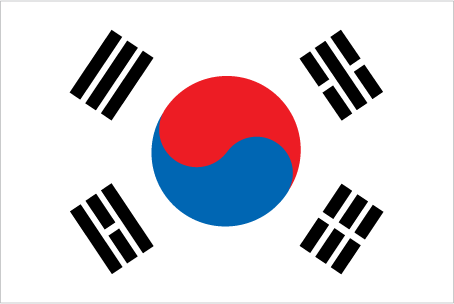
South Korea over the past four decades has demonstrated incredible growth and global integration to become a high-tech industrialized economy. In the 1960s, GDP per capita was comparable with levels in the poorer countries of Africa and Asia. In 2004, South Korea joined the trillion-dollar club of world economies, and is currently the world's 12th largest economy. Initially, a system of close government and business ties, including directed credit and import restrictions, made this success possible. The government promoted the import of raw materials and technology at the expense of consumer goods, and encouraged savings and investment over consumption. The Asian financial crisis of 1997-98 exposed longstanding weaknesses in South Korea's development model including high debt/equity ratios and massive short-term foreign borrowing. GDP plunged by 6.9% in 1998, and then recovered by 9% in 1999-2000. South Korea adopted numerous economic reforms following the crisis, including greater openness to foreign investment and imports. Growth moderated to about 4% annually between 2003 and 2007. South Korea's export focused economy was hit hard by the 2008 global economic downturn, but quickly rebounded in subsequent years, reaching 6.3% growth in 2010. The US-Korea Free Trade Agreement was ratified by both governments in 2011 and went into effect in March 2012. Throughout 2012 and 2013 the economy experienced sluggish growth because of market slowdowns in the United States, China, and the Eurozone. The administration in 2014 is likely to face the challenge of balancing heavy reliance on exports with developing domestic-oriented sectors, such as services. The South Korean economy's long term challenges include a rapidly aging population, inflexible labor market, dominance of large conglomerates (chaebols), and heavy reliance on exports, which comprise about half of GDP.
$1.666 trillion (2013 est.)
country comparison to the world: 13
$1.62 trillion (2012 est.)
$1.587 trillion (2011 est.)
2.8% (2013 est.)
country comparison to the world: 123
2% (2012 est.)
3.7% (2011 est.)
$33,200 (2013 est.)
country comparison to the world: 42
$32,400 (2012 est.)
$31,900 (2011 est.)
agriculture: 2.6%
industry: 39.2%
services: 58.2% (2013 est.)
16% (2009 est.)
1.1% (2013 est.)
country comparison to the world: 30
2.2% (2012 est.)
25.86 million (2013 est.)
country comparison to the world: 25
agriculture: 6.9% industry: 23.6% services: 69.4% (October 2013 est.)
3.2% (2013 est.) country comparison to the world: 26 3.2% (2012 est.)
electronics, telecommunications, automobile production, chemicals, shipbuilding, steel
2.5% (2013 est.)
country comparison to the world: 120